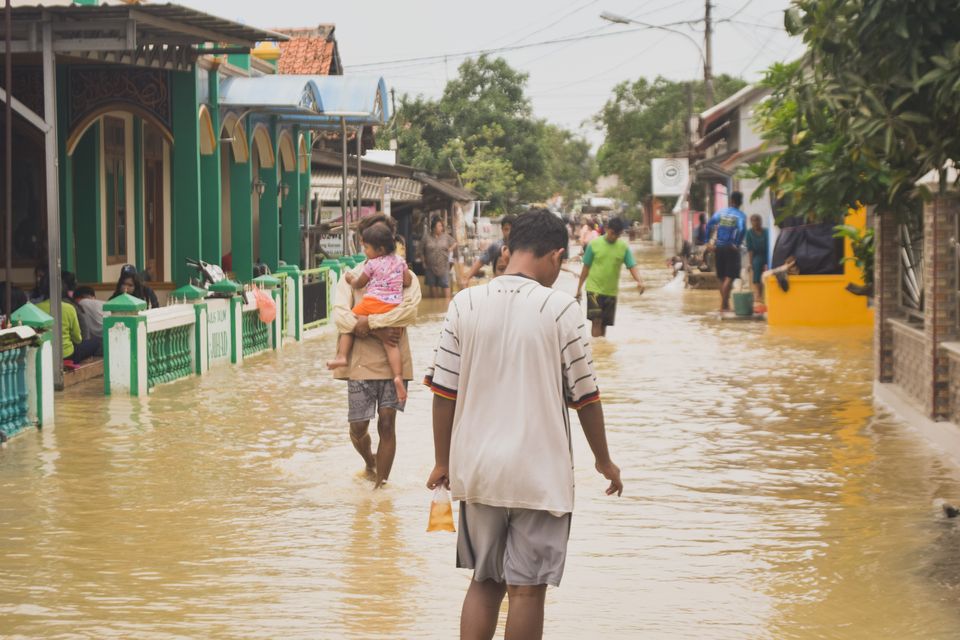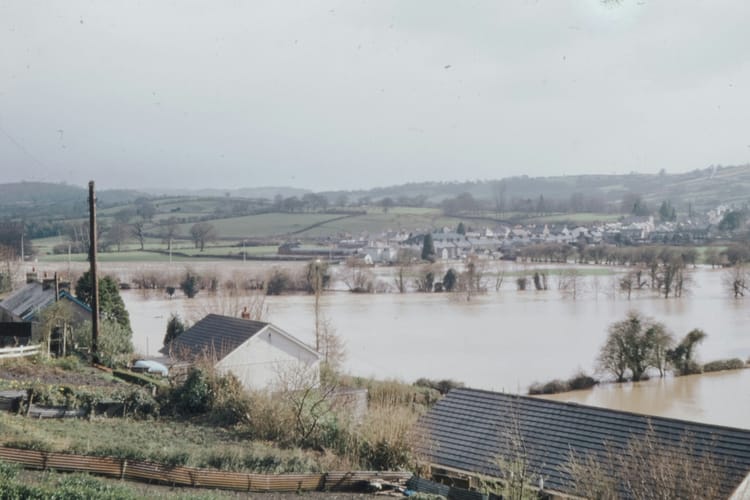Verisk launches TCFD-aligned climate risk assessment tool for multinationals

Data analytics firm Verisk Maplecroft has launched a new solution to help insurers, corporates, banks, and investors assess and report their exposure to climate risks.
The Climate Risk Dataset was developed to help these companies identify risks in their operations, supply chains and portfolios, as well as report them in alignment with existing frameworks, such as the Task Force on Climate-Related Financial Disclosure Recommendations (TCFD).
The release comes at an opportune time, as the latest TCFD report revealed that companies tend to report in line with only half of its recommendations – with climate resilience being the most underreported risk.
The dataset covers 32 hazards and issues globally, and is based on the company’s Climate Scenarios – which assess how 16 physical climate risks including heat, precipitation, drought and sea level rise will evolve over time across different emissions pathways.
“This amounts to over 330 global climate hazard risk indices with subnational granularity to assist with the identification of risks to assets and specific locations,” the company says.
To provide this “subnational granularity”, the Climate Risk Dataset includes socio-economic indices that measure nations and societies’ sensitivity and adaptability to climate issues, as well as overall climate vulnerability. It also quantifies risks associated with emissions, climate litigation, carbon policies, and environmental regulations.
Climate risk assessment: 'An imperative for multinational organisations'
The tool was created by “an in-house team of climate scientists”, supported by Verisk’s Climate Advisory Council, which was formed in 2022 to ensure the company’s data tools reflected the latest science. The council features prominent climate scientists from the US’ National Center for Atmospheric Research, the Netherlands’ Institute for Marine and Atmospheric research, the North Carolina Institute for Climate Studies and the University of California.
“Navigating the direct and indirect impacts of climate change is an imperative for multinational organisations if they are to build resilience to a heating world,” says Verisk Maplecroft’s Director of Climate and Resilience, Dr Richard Hewston. “This is dependent on effectively identifying, managing, and reporting climate risk exposures – a complex task that needs credible data you can trust.”
This is the latest in a series of climate risk assessment tools to be released by data analytics firms including Moody’s Climate Pathway Scenario Service and S&P’s Physical Climate Risk and Exposure Scores. These products have been developed in response to insurers’ concerns about new reporting requirements, but also about their exposure to intensifying physical climate risks.
Solutions that help insurance firms map and understand climate risks may also pave the way for a much-needed increase in insurance coverage of these hazards: according to Petra Hielkema, Chairperson at the European Insurance and Occupational Pensions Authority (EIOPA), only around a quarter of the total economic losses caused by extreme weather and climate-related events are currently insured.
“The insurability and pricing of climate-related risks become increasingly critical concerns for insurers and policymakers, and if no countermeasures are taken, the protection gap is expected to widen,” she wrote earlier this year.







Member discussion